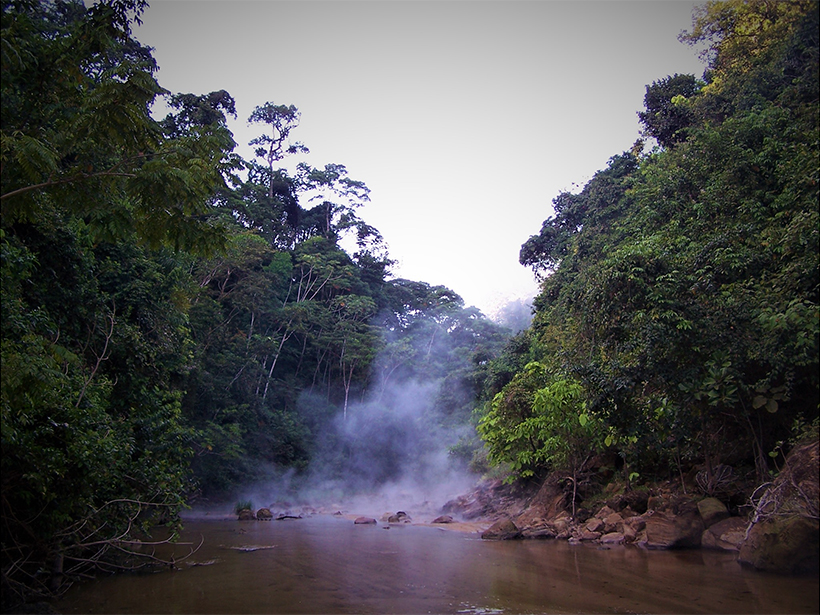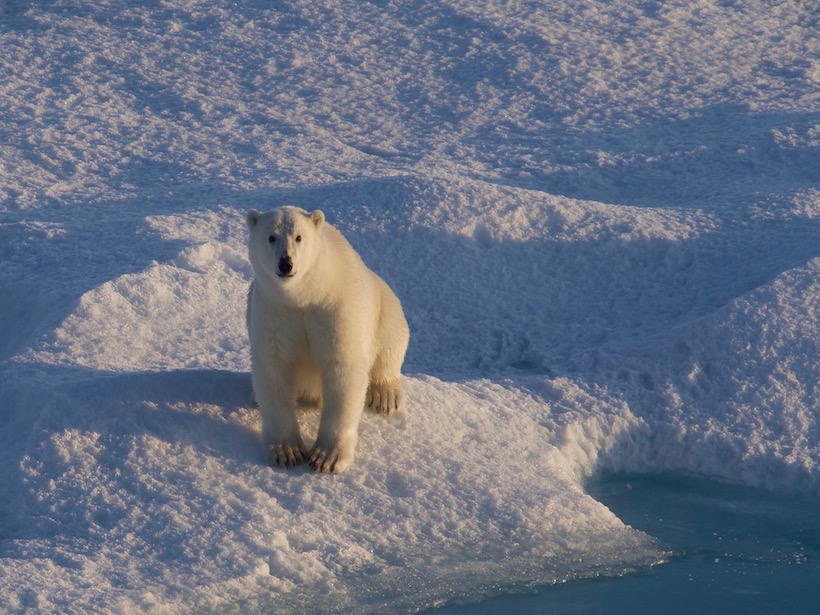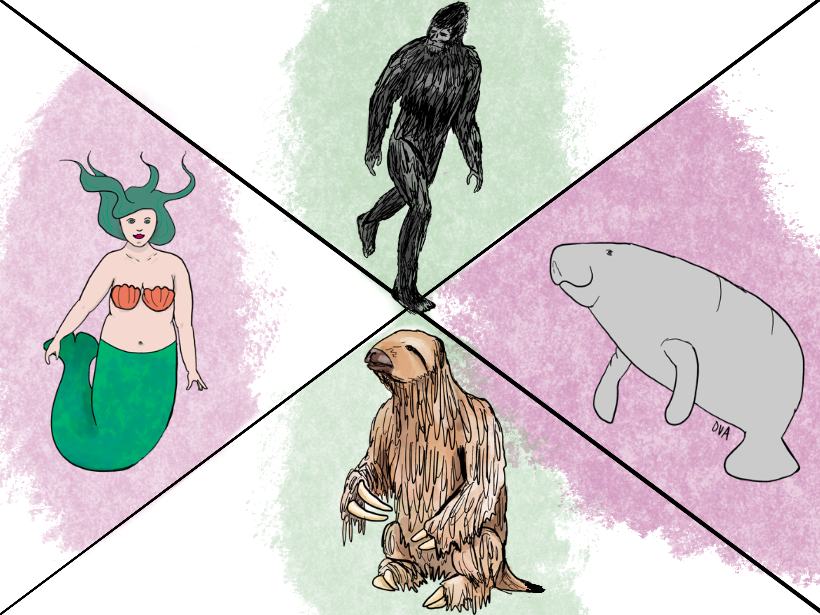Un nuevo estudio muestra que las medusas y las salpas marinas no reciben el crédito que merecen por su papel en el ciclo del carbono en el océano.
animals
La Geología y la Química Impulsan la Migración Animal en el Serengueti
Trabajo de campo en Tanzania sugiere que la química del suelo—influenciada por el vulcanismo local y la actividad tectónica—podría ayudar a determinar la migración sin precedentes de más de un millón de ñus.
Lyme Disease and the Dangers of the Forest Edge
Living near a forest edge may be an important risk factor for Lyme disease; these liminal spaces provide the perfect habitat for one of the black-legged tick’s favorite hosts.
By Land or Sea: How Did Mammals Get to the Caribbean Islands?
A multidisciplinary team is jointly investigating mammal evolution and subduction dynamics to unravel how flightless land mammals migrated to the Greater Antilles and other Caribbean islands.
A Little-Known Mass Extinction and the “Dawn of the Modern World”
Volcanic eruptions in what is now western Canada may have triggered a million years of rain and a mass extinction that launched the reign of the dinosaurs.
Birds Sang a New Song During the Pandemic
White-crowned sparrows in the San Francisco Bay Area sang differently during California’s COVID-19-induced shutdown, recordings have revealed.
Finding Prehistoric Rain Forests by Studying Modern Mammals
Mammal teeth store a record of the plants they ate, providing clues about the ecosystems in which they lived.
Polar Bears to Vanish from Most of the Arctic This Century
A “timelines of risk” model shows when and where population collapse begins as sea ice wanes in our warming future.
Podcast: Mythical Monsters and Their Real-Life Inspirations
This Halloween season, explore the connections between mythical monsters like Bigfoot and the Kraken and the creatures on which they’re based.
Geomagnetic Storms Probably Don’t Cause Mass Cetacean Strandings
Solar-induced geomagnetic activity and mass strandings of whales and dolphins on shorelines both show seasonal patterns, but the beachings likely result from multiple environmental factors.










